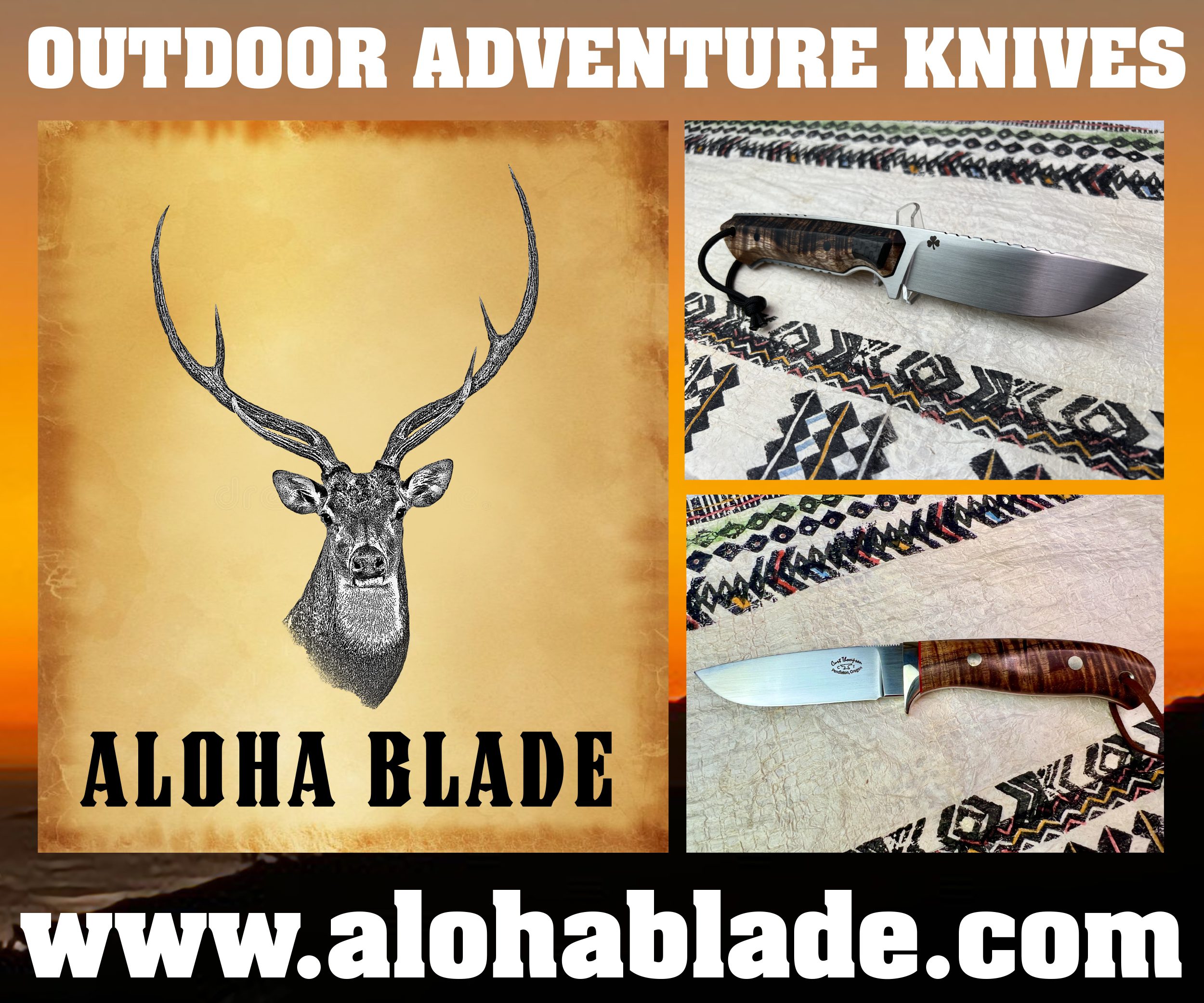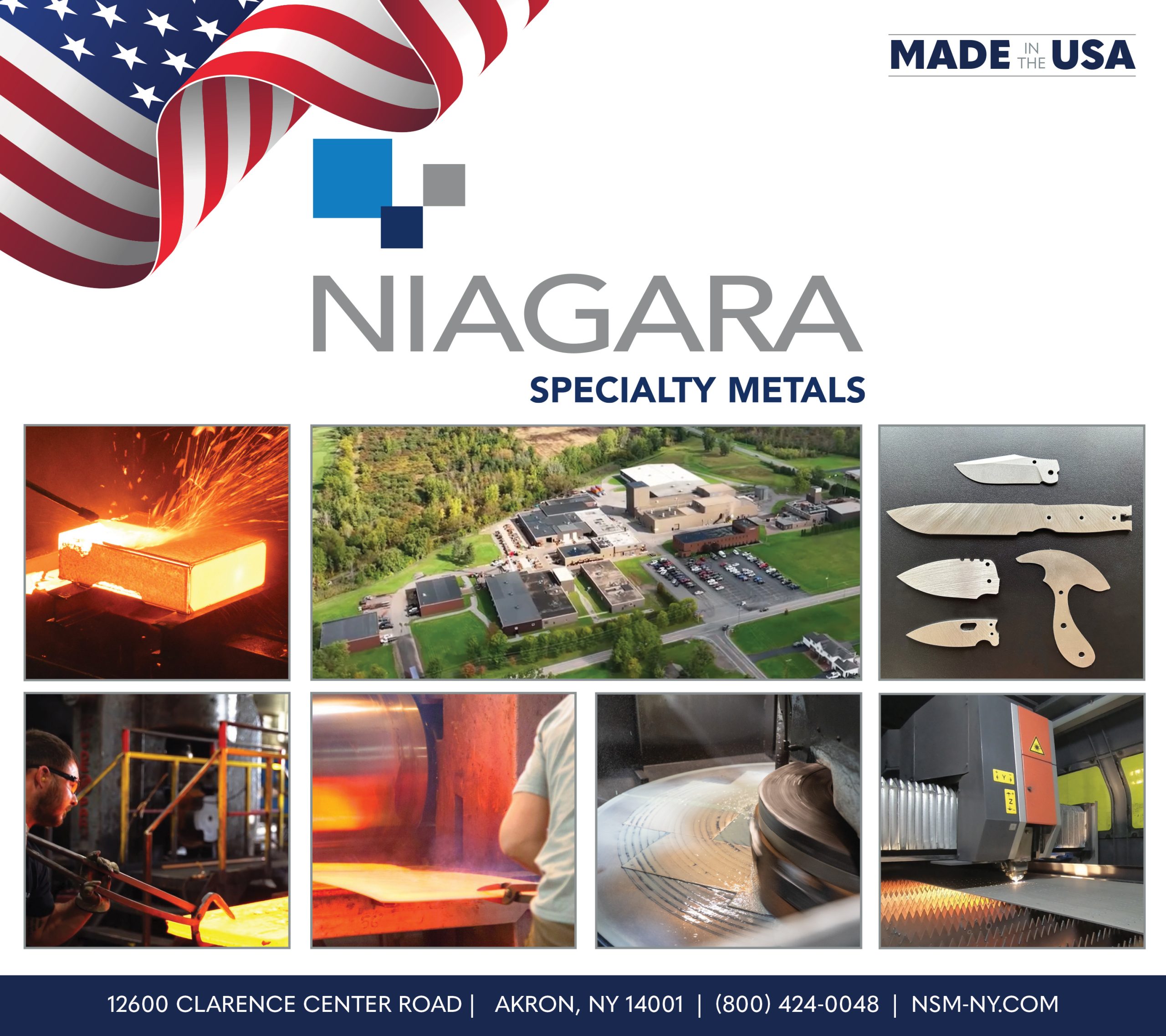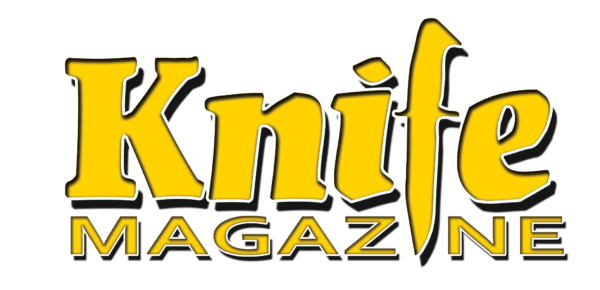Rainier Knives Fastpak – ‘Ramble on’: Thoughts on UL Hiking Knives
by StuartB
This review came about in response to some interesting chit chat on the Knife Magazine’s “Weekend Open Thread”, some ‘Free Money’ and my rather specific search for the ultimate fixed blade knife for ultra-light backpacking. The Ultra-light trend is led by long distance through hikers, to shave off every conceivable ounce from their base carry weight in order to make the hiking physically easier. It is an obvious approach to carry less in order to reduce load and stress on your body, but is not without its own drawbacks; UL gear tends to get crazy expensive ($600+ tents), and minimalist reduction leaves less margin if something fails.
I am a relative new comer to the UL world, though I have been hiking my whole life. Critically, I am both in my late 50s and I am an avowed cheapskate, so while I embrace light weight hiking, I am always looking to reduce costs and balance value, comfort and safety. Every UL hiker is continually assessing what to leave out of the pack and what can get whittled down to save a few ounces. The extreme converts of the UL faith shave their carry down to a 6lb+ base weight, which includes pack, shelter, sleep system, and everything else except food, water and fuel! Some radicals don’t even bring a knife at all …. yeah, I know! The less fanatic typically end up with a base weight of around 12lb. So, in a world where you only have half a toothbrush and a single change of socks as your spare clothes, every single ounce counts, and in the pursuit of easier walking, it is amazing what you can do without.


I have spent quite some time going down the rabbit hole of what knife(s) to carry when out on a multi-day backpacking trip. Typically, it comes down to a small folding pocket knife and a fixed blade in the pack for larger camp tasks once the days walk is done. This provides some redundancy and covers most tasks up to light firewood processing. I used to bring along a Swiss Army Walker with a blade, saw, tooth pick, tweezers and can opener for 1.6oz and a Morakniv Basic 546 which comes in around 4oz with a 3.6” Skandi blade. If I go lighter, I pair that down to a folding Opinel Inox and an SAK Classic SD would manage to do just about everything of the above for a tad over 2oz total. My modded Opinel No.8 Garden Inox is 1.4oz with a 3” blade that is just about the sweet spot for carry and makes a very slicey camp/cook knife. A No.9 gives you a similar blade/handle length to the Mora, for just 1.9oz. All of these options are sub $20 knives with simple steels, but my search continues for a lighter fixed blade with better steel for edge durability and increased performance. I’ve tried neck knives, but the skeletonized handles are typically uncomfortable in the hand, and here in California we have to conscious that concealing a fixed blade under your T-shirt can bring with it the joy of a felony conviction, so a belt knife or open pocket carry is preferred.
Last year I upgraded to a Brisa (Enzo) Necker, with a 2.5” 12C27 flat grind and Micarta handles in a handmade Kydex sheath. It is the same 12C27 stainless as the Mora Basic 546, but seems better heat treated with a nice thin flat grind, it fits the hand well and is a great looking knife for around $50, but the blade is a little short and at 3.5oz it only cuts 0.5oz off from the base Morakniv option. The goal of getting a high-end knife under 3oz (knife, handles and sheath) is tricky and expensive.


I was motivated to go all in and splurge on my UL ‘grail knife’, the Rainier Knives Fastpak, after coming into some ‘free money’ reward I was gifted for returning an I-Phone I found. The Fastpak is an American made, light weight, fixed blade knife, designed specifically for the ultra-lightweight (UL) hiking.
“After years of trying to find the perfect knife that fit all of our needs (plus some) we decided it was time to take matters into our own hands. What we needed in a knife: Can it hold an edge, weigh nothing, be applied to a variety of applications, be trusted, have a few fun features, and all while looking good?” Tom + Ryan – Rainier Knives


I ordered mine with green micarta scales, a flat grind Elmax blade and a black Kydex sheath with a single belt loop for $149 inc. shipping, at just 2.6oz all up. The Rainier Knives website has several options to pick from and if you went scaleless you could take off another 0.6oz and expose a set of staggered bolt wrench slots incorporated into the handle cut out.


The Fastpak is a really beautiful looking knife, with great lines and very good fit and finish. The micarta scales really make the knife more comfortable to handle and they have a nice 3D palm swell that fits my medium sized hands just right, with a four-finger grip, they are well worth the extra 0.6oz/$40. The knife feels like a scalpel, very nimble and secure with enough of a guard to keep the fleshy bits from sliding into the slicey bits. The edge is hair popping sharp out of the box, ground with a thin and even bevel. It sports a ¼” hex cut out at the bolster that will work with a screw/socket driver insert, though that would be a dicey game to play with the exposed blade as a handle. Maybe it would have been better to have had the sheath designed so it could function as a multi-tool with the sheath on? Either way, the hex hole forms a nice register for a pinch grip for fine tasks and the scales are nicely smoothed.
The sheath is a minimal taco style Kydex, available in 4 colors, with a single belt loop set up for scout carry. This seems to be a revised version of the sheath over the one shown on their website which had a more pronounced thumb ramp for easier single-handed draw, but it is still quite manageable. The single loop works fine for horizontal belt carry, given the minimal weight of the knife, and the snap button allows for easy on/off attachment. It can be a challenge to carry a fixed blade knife on your person with a back pack on and the loop can easily snap onto shoulder straps or hip support webbing while on the trail. The double open rivets at the tip allow for a chain for use as a neck knife option, and the retention is very secure.


The spine has no jimping and feels more comfy for having the edges slightly eased, which seems appropriate for a knife of this size and use. The bushcraft crowd might knock the blade for not having a sharpened spine, but you could grind it down with a file or belt sander if needed, like I do for the Mora’s (though taking a grinder to a $10 knife feels way less intimidating). I carry a mini-Bic lighter and waterproof matches over a ferro rod to save weight, so a sharp spine is not a big deal, to me at least.
The exposed tang/blade stock is 3mm thick and raised very slightly proud of the scales all round. There is a small cut out to the rear for a lanyard and I may add a bright-colored lanyard just in case I’m not in the mood for a game of ‘hide and seek’ at the end of a long day if I were to drop it in the leaves. The scales are milled out internally to save weight and are held on with T10 star screws. There are milled micro grooves added to help with grip texture and they give great traction, wet or dry.


The knife is really best suited for slicing and works well for food prep. This would be its main function on the trail; opening packaging, spreading peanut butter, cutting fruit and slicing cheese or salami. It can whittle well, and the thin edge cuts good notches for tent stakes, but harder long-term use does get tiring given the skinny handle size. It will curl feather sticks, but the thin full flat blade isn’t ideal and I’d be cautious about using it to batton anything much bigger than thumb sized wood. The Elmax steel sports a nice stone wash finish and it should keep a sharp edge without much need for touch up and can be maintained on the trail with a strop and fine sand paper. Lastly, that acute point will provide great defense against anything up to the size of a hefty ground squirrel, and after a long day on the trail it will sure pop a blister or two.


While I have not had the knife for more than a couple of weeks, I managed to take it out for a day hike up in the Angeles Forest to test it and while this can’t really be seen as an exhaustive review you don’t need to walk for days to conclude that this is an outstanding UL hike knife. It would also make a great EDC fix blade or a sweet bird and trout knife.
Short of ‘free money’, is there value in the extra $140 over my old Mora (that’s 14 extra Mora’s!)? You do save 1.4oz and while there are big gains in steel performance you do give up a little in blade length and handle comfort. It beats the Brisa by nearly every metric, though those gains are relatively marginal. It is personal and subjective decision, but for me, this might just be ‘The One’.


In terms of $/oz it is probably the most expensive knife I own and I could easily have saved more overall on my base weight by spending that extra cash on a lighter tent, pack, matt or sleeping bag. But we hike for pleasure, and my overly specific knife pursuit is not just about following overly rational economic laws of diminishing marginal returns. At the end of the day, sitting out by a lake up in the hills, with tired legs, a full belly, a shot of rum and whittling away with a sweet blade, that is priceless. There is great pleasure that is gained by using nice things and the more honest amongst us will admit that some of the joys of pursuits, like UL hiking, are as much about the gear as the journey.






